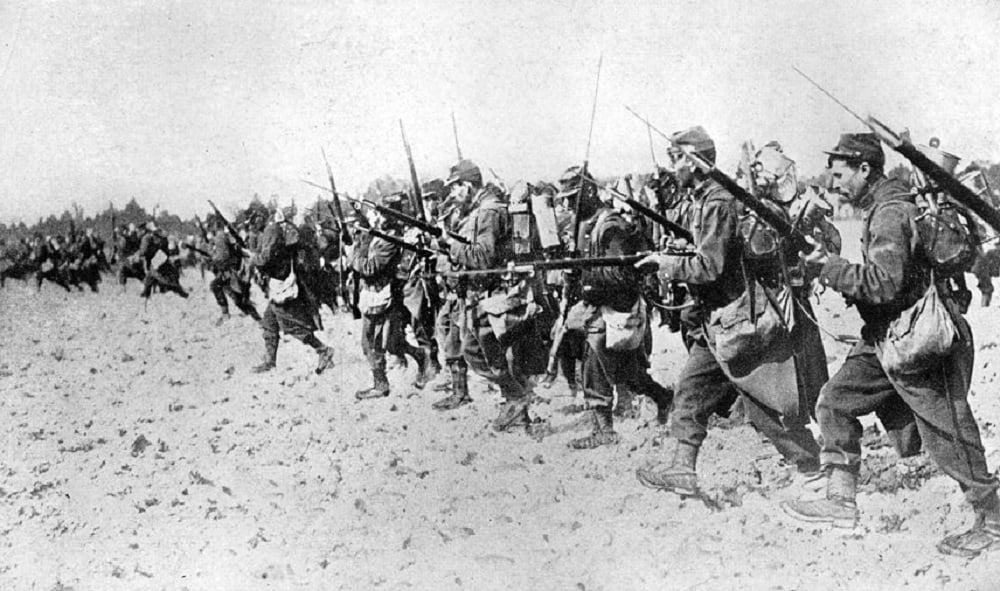In the annals of military history, various tactics have been employed to achieve victory on the battlefield. Some strategies, such as flanking maneuvers and guerrilla warfare, have become well-known and studied extensively. However, there are also tactics that have gained infamy due to their ruthlessness and controversial nature. One such tactic is the “Human Wave,” a strategy that involves overwhelming the enemy with sheer numbers. This article will delve into the origins, execution, criticisms, and ethical considerations surrounding this infamous war tactic.

The Human Wave tactic traces its roots back to the mid-20th century and has been primarily associated with asymmetric warfare and conflicts where one side has a significant numerical advantage over the other. This tactic has been employed in various theaters of war, notably during the Korean War and the Iran-Iraq War.
The Human Wave tactic is characterized by massed infantry assaults, where large numbers of soldiers advance towards the enemy in close formation, often disregarding their own safety. The objective is to overwhelm the enemy’s defenses through sheer force and volume, making it difficult for the defending forces to repel the attack effectively.
Typically, soldiers participating in a Human Wave assault are armed with basic infantry weapons and are expected to press forward despite heavy casualties. The tactic relies on the psychological impact of a relentless assault, aiming to break the enemy’s will and ultimately force them into submission or retreat.
The Human Wave tactic has faced significant criticism due to its disregard for the lives of the soldiers involved. Critics argue that it exploits the expendability of human life and violates the principles of proportionality and respect for civilian casualties. The strategy often results in devastating loss of life, both among the attacking forces and non-combatants caught in the crossfire.
Furthermore, opponents argue that the Human Wave tactic is strategically ineffective against modern warfare techniques and technologies. With the advent of advanced weaponry, including machine guns, artillery, and air support, massed infantry assaults have become highly vulnerable to devastating firepower. In many instances, Human Wave attacks have been repelled with heavy casualties, further questioning the efficacy of this tactic.
Ethically, the use of Human Wave tactics raises concerns about the responsibility of military commanders and governments to protect the lives of their soldiers. Critics argue that leaders who employ such strategies show a callous disregard for the value of human life and prioritize territorial gains over the welfare of their forces.
As warfare continues to evolve, military tactics and strategies also adapt to new realities. The Human Wave tactic, while historically employed, has gradually diminished in relevance as technology, and modern warfare principles have transformed the dynamics of armed conflict.
Contemporary military doctrines emphasize precision strikes, combined arms operations, and the use of advanced technologies to achieve objectives while minimizing casualties. The focus has shifted towards leveraging intelligence, technology, and maneuverability rather than relying solely on brute force.
Leave a Reply